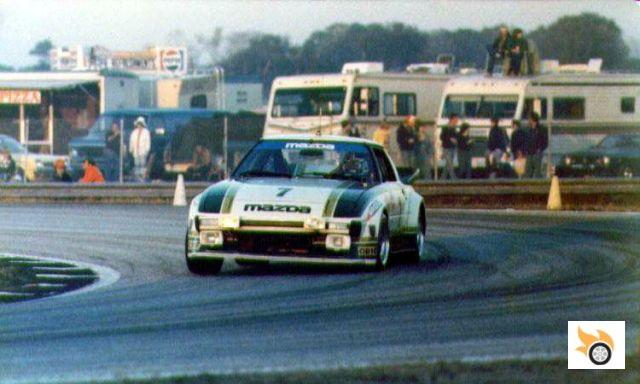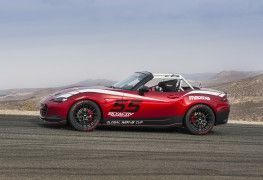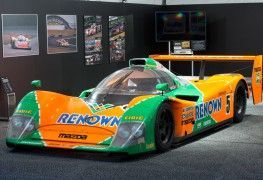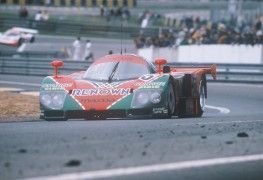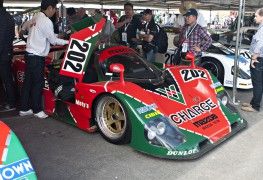But that would have been an extremely expensive toll for the company, which didn't want to lose the money it had invested in research or its differentiating value. The key decision was to use the Wankel engine for what it was best suited to: sports cars. Mazda promised to reduce the fuel consumption and emissions of its rotary engines by at least 40% and keep them alive.
The product that was to survive the life of the Wankel would be the Mazda RX-7. Following the idea of the successful Datsun Z, Mazda was committed to create a lightweight and economical sports car that would take advantage of the peculiar engine. Thus, thanks to the advantages of the Wankel, the first-generation RX-7, the FB, had a lightweight, compact engine, located behind the front axle, and could make use of a sharper bonnet than its rivals and take greater advantage of its dynamics, with less polar moment of inertia.
The lessons learned with the RX-3 in racing, with the rigid axle rear suspension guided by a Watts control arm in front of the front axle, were also transferred to the car, whose aesthetics were designed by Matasaburo Maeda.
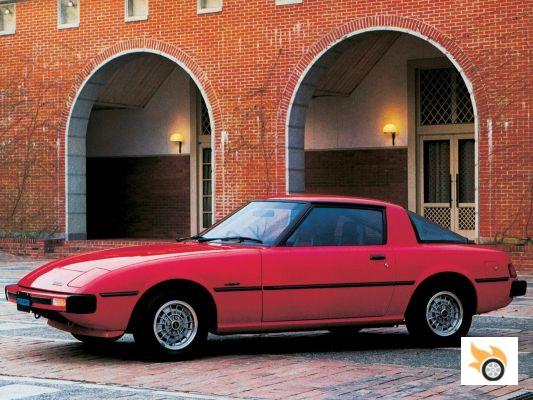
The car also received a new version of the 12A engine developed in the RX-3 in racing. A new trochoid (the rotor) was used for the first time, with a different treatment to harden its surface. Made of aluminum, the casting of this material was made on a steel sheet already cast as a "perimeter". This steel sheet received a chromium-plated treatment on the outside to guarantee the resistance of the trochoid.
In addition, this chrome layer was applied with a special porous treatment to improve lubrication, which allowed the use of steel rings instead of the carbon plated ones of previous versions. The engine was therefore cheaper to produce, but it was also more leak-proof, used less fuel and was more powerful and reliable.
The combustion chambers embedded in the trochoid were also asymmetrical, to favour the combustion process, driven by a double sequence spark plug system, which worked differently depending on the engine load (at low load, only one spark plug was activated) to also favour a more progressive combustion at low throttle loads.
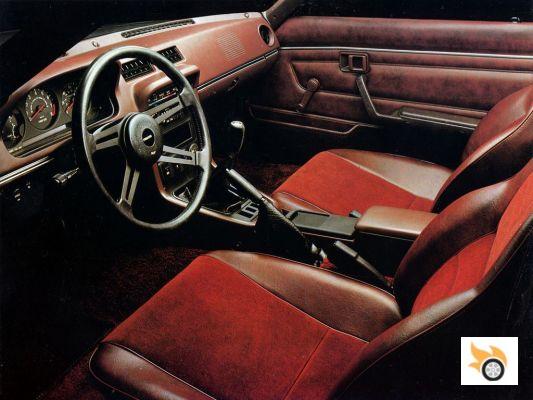
The standard engine only offered on paper 100 horsepower at 6,000 rpm, but it was "more horsepower" than the 100 of the R100, which on the "real" bench never came to the fore. It was a more elastic Wankel than anything Mazda had ever released, with more torque down low.
The car, with a featherweight of just 1,100 kilograms split 50/50 on each axle, had been in development since the mid-1970s, and by the time it was released in 1978, its racing variant was already developed, designed specifically to fight in the American IMSA GTU championship, with the idea of bringing Mazda back to shine after the energy crisis.
To gather data and details, Mazda entered two RX-3s in the 1979 Daytona 24 Hours with 12A engines similar to those that the RX-7 would use the following year. Unfortunately for the Hiroshima-based team, a poorly designed intake air filtration system caused sand from Daytona Beach to enter the stator and destroy the engine's sealing, which together with cracks in the exhaust manifold led to the double retirement of the two Gatorade-sponsored RX-3s that year.
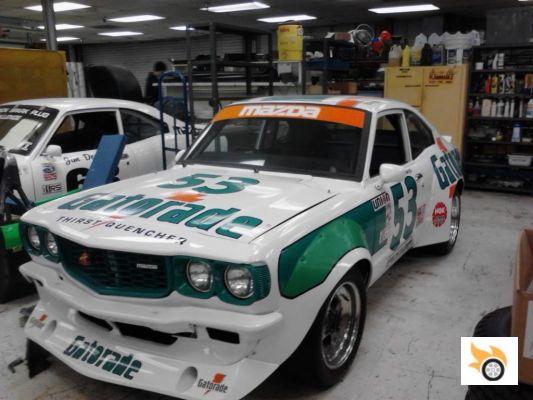
One of the two 1978 Daytona RX-3s in the restoration process
The lessons learned would be, of course, well used in the development of the new RX-7 IMSA GTU, which also sported an attractive body with extended fins, a "snowplow" type spoiler, and a spoiler marked at the rear.
But the big news came in the mechanical section. To avoid the problem of the RX-3, the new RX-7s were fitted with a new intake air filtering system, as well as a reinforced exhaust manifold system. The 12A engine had stopped its development in the Japanese Touring Car Championship, as Mazda's home country silhouettes had switched to the new larger displacement 13B engine.
The racing 12A was by then down to 250 horsepower, but by 1979, for Daytona, Mazda would create a new specification, under the name 12B. This new derivative employed thicker engine apex rings and single rather than double side rings to reduce friction. Coupled with the advanced side and peripheral port system and its set of intake butterflies, the 12B was capable of delivering 265 horsepower at 8,500 rpm with enough reliability to withstand a 24-hour race.
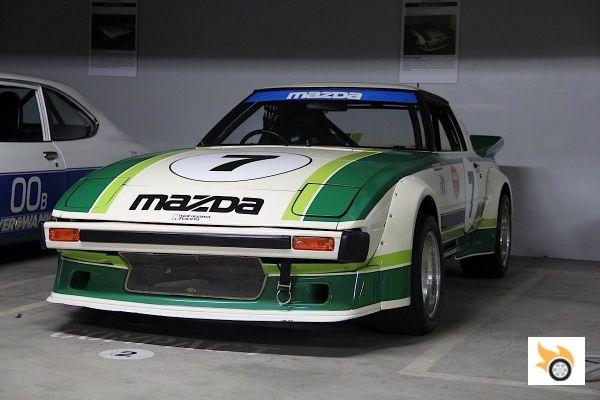
Winning RX-7 in storage at Mazda's U.S. headquarters
And so it proved. In its debut at the 24 Hours of Daytona, the Mazda RX-7, against all local odds, took the GTU class double, with an overall fifth place finish for the faster of the two Hiroshima cars.
It was the first victory in a 24 Hours race, at least category victory, for a Wankel engine in the world, and it was achieved in the competitive debut of the RX-7, achieving just the effect that Mazda wanted: beating the Nissan Z in front of the American public.
That 1979 would see two more GTU wins for the RX-7 in two more sprint events (Sears Point and Portland), with even more powerful engine versions designed to last fewer hours, with 275 horsepower at 9,500 revolutions. Interestingly, the RX-7 had faced the so-called second Oil Crisis in the United States at its launch (remember, late '78), but fortunately for Mazda, the combination of price, sporting success and American consumer appetite made the FB a commercial success.
That year, 1979, Nissan would still take the IMSA GTU title, but the next five years (80, 81, 83 and 84) would be mercilessly dominated by the RX-7. In any case, before that dominance, 1981 would see another endurance race win, an outright victory that Mazda wanted at the time more than any other: Spa Francorchamps. But that story is for tomorrow.
